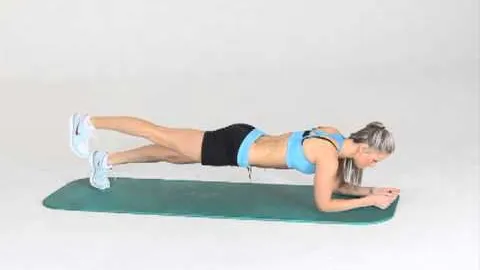
The single leg planking exercise is a highly effective move that helps strengthen your core muscles and improve overall stability. It targets multiple muscle groups, including your abdominals, lower back, hips, and glutes, making it a fantastic addition to any workout routine. In this article, we will guide you through the proper form and technique of the single leg plank, its benefits, and variations.
The single leg plank is a variation of the traditional plank exercise, which involves supporting your body weight on your forearms and toes while maintaining a straight line from your head to your heels. The main difference with the single leg plank is that you lift one leg off the ground, adding an extra challenge to your core muscles and improving overall stability.
Incorporating single leg planking into your workout routine can lead to significant improvements in core strength, balance, and stability. This compound exercise targets multiple muscle groups and offers various modifications and variations to suit your fitness level. By performing the single leg plank regularly, you can enhance your overall strength and reduce the risk of injuries, making it an essential addition to any exercise regimen.
If you're looking for a gym, fitness club or yoga studio, you've come to the right place.
You can find information about gyms in your area. Browse catalog of gyms and find gyms with classes which are you looking for.
On gym page you can find simple information like address, phone or website. You can find list of available classes. You can check availability of personal training or small group classes. On place page you can also see information about open hours.
You can find gyms near you with amenities, courts, studios and equipments.
Use our map to find gym at your city or district.
In Gym Navigator you can find list of exercises with movies for many body parts.
You can browse exercises catalog and find exercises the best of you.
You can also find exercises grouped into workout plans, which you can use to improve you body. Each routine show you exercises one by one and give you possibility to count you progress and count down rest time.